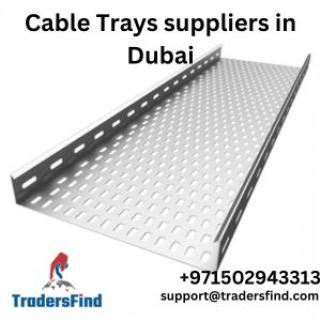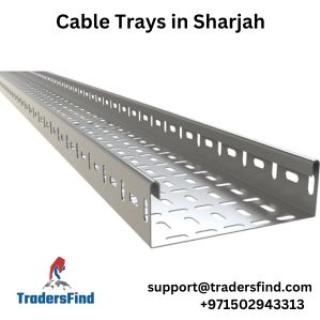The patch
cable market, integral to the networking and telecommunications
sectors, is poised for continued growth as global connectivity demands
increase. Valued at USD 5.43 billion in 2022, the market is expected to
grow from USD 5.66 billion in 2023 to USD 8.2 billion by 2032,
reflecting a healthy compound annual growth rate (CAGR) of 4.21% during
the forecast period (2024–2032).
Market Drivers and Growth Factors
1. Increasing Demand for High-Speed Internet and Data
Centers
The global surge in internet traffic, fueled by the
growing use of cloud services, video streaming, and IoT devices, is driving the
demand for reliable and high-performance network solutions. Patch
cables, as essential components in connecting servers, switches, routers, and
other networking equipment, are critical in ensuring optimal performance in
data centers.
2. Expansion of the IT Infrastructure
As businesses and industries continue to digitize and
modernize their IT infrastructure, the need for robust and scalable networking
solutions is expanding. 5G networks, enterprise networks, and smart
factories require stable, efficient connectivity, which patch cables
provide, making them indispensable in the construction of modern IT
environments.
3. Adoption of Fiber Optic and Cat 6/7 Cables
Technological advancements in fiber optic cables and high-performance
copper cables (Cat 6/7) are driving the demand for specialized patch
cables. Fiber optic patch cables, in particular, support the growing need for high-speed
data transfer in applications such as telecommunications, data
centers, and enterprise networks.
4. Rising IoT and Smart Homes
The proliferation of IoT devices in residential and
commercial sectors has boosted the need for secure, high-bandwidth
connections. Patch cables are vital in setting up networks for smart homes,
smart buildings, and industrial automation, increasing demand in
both the consumer electronics and enterprise segments.
Market Segmentation
1. By Type of Cable
- Copper
Patch Cables: Continue to dominate the market, especially in legacy
systems and short-distance connections, thanks to their affordability and
ease of use.
- Fiber
Optic Patch Cables: Gaining popularity, especially in high-speed
network environments, driven by the demand for greater bandwidth
and faster data transmission.
2. By Application
- Telecommunications:
The largest application segment, driven by the need for stable and fast
communication systems.
- Data
Centers: Significant growth is expected as data centers expand to meet
the increasing demand for cloud-based services.
- IT
and Networking: Used extensively in enterprise networks and office
setups, patch cables remain a crucial part of corporate IT
infrastructure.
- Consumer
Electronics: With the rise of smart homes and connected devices, the
demand for patch cables in residential networks is also growing.
Regional Insights
1. North America
North America, particularly the U.S., is expected to remain
a key market due to advanced telecommunications networks, rapid adoption
of 5G technologies, and the growth of data centers and cloud services.
2. Europe
Europe is witnessing a steady increase in demand for patch
cables, primarily driven by the expansion of smart cities, data centers,
and telecom networks. Countries such as Germany, France,
and the UK are investing heavily in digital infrastructure, pushing the
demand for reliable and high-performance networking solutions.
3. Asia-Pacific
The Asia-Pacific region is set to see the fastest
growth in the patch cable market, driven by massive investments in telecom
infrastructure, the rise of smart cities, and 5G rollouts in
countries like China, India, and South Korea. The booming
data center industry and rapid industrialization in this region are major
growth drivers.
Challenges and Opportunities
Challenges
- Price
Fluctuations in Raw Materials: The cost of raw materials, particularly
copper and certain fiber optic components, can fluctuate, impacting the
price and availability of patch cables.
- Competition
from Wireless Solutions: As wireless networking solutions, such as
Wi-Fi 6 and 5G, continue to evolve, the demand for traditional wired
connections may face pressure.
Opportunities
- Adoption
of 5G Networks: The continued rollout of 5G technology presents
a significant opportunity for growth in the patch cable market, especially
in supporting high-capacity infrastructure in data centers and
telecommunications networks.
- Technological
Advancements in Fiber Optics: The increasing demand for high-speed
data transfer in industries like cloud computing and telecommunications
offers growth potential for fiber optic patch cables.
- Smart
Infrastructure Development: As cities and buildings become more
connected through IoT, the demand for reliable, high-bandwidth
connections will create opportunities for patch cables, particularly
in residential, commercial, and industrial sectors.
Future Outlook
The Patch Cable market is expected to witness steady growth
driven by increasing connectivity needs, rising demand for high-speed internet,
and the growing significance of data centers, 5G, and IoT applications. As
industries continue to modernize their infrastructure, patch cables will remain
crucial components in ensuring seamless connectivity and performance.
Manufacturers who invest in high-performance,
cost-efficient patch cable solutions, particularly fiber optic cables,
will benefit from the growing demand for next-generation networking solutions.








